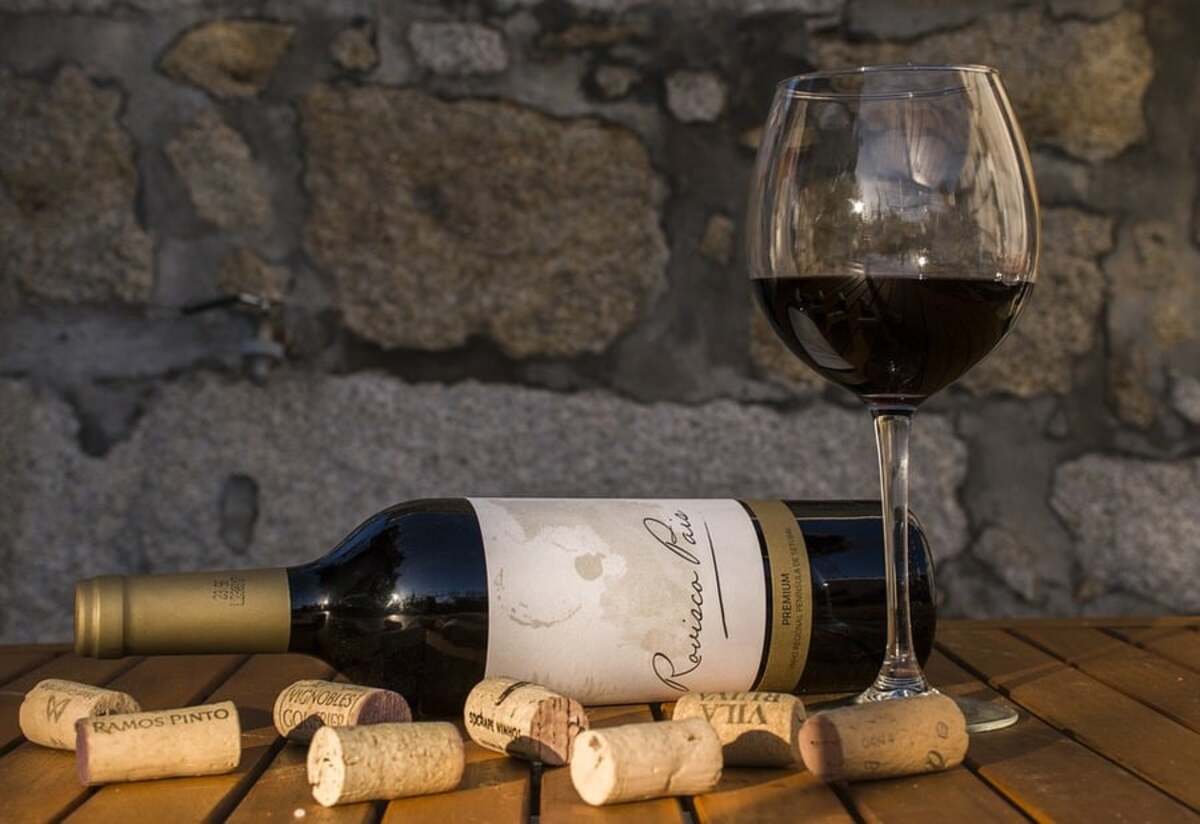

Articles
How To Store Wine Without A Wine Fridge
Modified: March 2, 2024
Learn how to store wine properly without a wine fridge with these helpful articles. Discover tips and tricks for preserving the flavor and longevity of your favorite wines.
(Many of the links in this article redirect to a specific reviewed product. Your purchase of these products through affiliate links helps to generate commission for Storables.com, at no extra cost. Learn more)
Introduction
Welcome to the world of wine! Whether you’re a seasoned connoisseur or just starting to explore the wide array of vintages, one thing is for certain – proper wine storage is essential to preserving and enhancing the flavors of your favorite bottles. While many people believe that a wine fridge is the only solution for storing wine, there are actually several alternative methods that can be just as effective, not to mention more budget-friendly.
In this article, we’ll break down the factors that affect wine storage and explore various options for storing wine without a wine fridge. By understanding the ideal storage conditions and utilizing the right techniques, you can ensure that your collection remains in top form, ready to be enjoyed at any time.
So, let’s dive in and discover how to store wine without a wine fridge!
Key Takeaways:
- You don’t need a wine fridge! Alternative methods like using a basement, DIY closet, or wine rack can provide optimal storage conditions without breaking the bank. Get creative and preserve your wine collection effectively.
- Long-term wine storage requires patience and attention to detail. From maintaining ideal conditions to handling bottles with care, following these tips ensures your wine collection ages gracefully and maintains its quality over time. Cheers to well-preserved wine!
Read more: How To Store Wine In Wine Fridge
Why You Don’t Need a Wine Fridge
While wine fridges can be a convenient option for storing wine, they are by no means a necessity. Here are a few reasons why you might not need a wine fridge:
- Budget-Friendly: Wine fridges can be quite expensive, especially if you’re looking for a model with advanced features. If you’re just starting out or have a limited budget, investing in a wine fridge may not be feasible. Luckily, there are alternative methods that can provide adequate storage without breaking the bank.
- Space Constraints: Wine fridges come in various sizes, but they can still take up a significant amount of space. If you live in a small apartment or have limited storage options, dedicating a whole area to a wine fridge may not be practical. Finding alternative storage methods that utilize existing spaces can be a more efficient use of your available area.
- Flexibility: Wine fridges are designed specifically for storing wine, which means they have limited versatility. If you want to store other beverages or food items, a wine fridge may not be the best option. By exploring alternative storage methods, you can have the flexibility to adapt your storage space to your changing needs.
It’s important to note that while a wine fridge can provide precise temperature control and humidity levels, it’s not the only way to achieve optimal storage conditions. With a little knowledge and creativity, you can create suitable storage environments using other methods, allowing your wine to age gracefully and develop complex flavors just like it would in a wine fridge.
Now that we’ve established that a wine fridge isn’t a necessity, let’s delve into the key factors that affect wine storage, so you can begin to understand the requirements for proper wine storage.
Factors Affecting Wine Storage
Proper wine storage is essential for preserving the quality and flavor of your bottles. There are several key factors that can significantly impact the longevity and taste of your wine:
- Temperature: Wine is sensitive to temperature fluctuations. It’s best to store wine at a consistent temperature between 45°F (7°C) and 65°F (18°C). Avoid storing wine in areas that are prone to extreme temperature swings, such as near windows or heating vents.
- Humidity: Wine thrives in moderately humid conditions. The ideal humidity level falls between 60% and 70%. High humidity helps keep the corks moist, preventing them from drying out and potentially allowing air to seep into the bottle. Conversely, low humidity can cause the cork to shrink and allow unwanted oxygen to enter the bottle.
- Light: Exposure to direct sunlight or harsh artificial light can be detrimental to wine. UV rays can damage the wine and accelerate the aging process. It’s best to store wine in a dark or dimly lit area to protect it from light damage.
- Vibration: Constant vibration can disturb the sediments in wine and affect its aging process. Avoid storing wine near appliances or in areas with excessive vibrations.
- Odors: Wine is highly susceptible to absorbing odors from its surroundings. It’s important to store wine away from strong-smelling substances, such as cleaning products or food items with strong aromas.
By understanding these factors, you can make informed decisions about where and how to store your wine. In the next section, we’ll explore the different options for creating an ideal storage environment without the need for a wine fridge.
Choosing the Right Environment
When it comes to storing wine without a wine fridge, choosing the right environment is crucial. Here are some factors to consider when selecting the optimal storage space for your wine:
- Location: Look for a storage location that is cool, dark, and free from temperature fluctuations. Avoid areas near heat sources, such as the kitchen or laundry room. Basements, cellars, or interior closets are often excellent options for maintaining a consistent temperature.
- Avoid Sunlight: Exposure to sunlight can cause damage to the wine. Choose a storage location away from windows or install UV-filtering shades or curtains to protect your wine from harmful UV rays.
- Temperature Control: While a wine fridge offers precise temperature control, without one, you’ll need to focus on finding a storage space with a stable temperature. Aim for a temperature between 45°F (7°C) and 65°F (18°C). Insulate the space and monitor the temperature regularly to ensure it remains consistent.
- Humidity Management: Maintaining adequate humidity levels is essential for cork preservation and preventing the wine from oxidizing. Basements or cellars typically provide natural humidity, but if necessary, you can use a humidifier to maintain the ideal humidity level of 60% to 70%.
- Minimize Vibration: Vibrations can disturb the sediments in wine and affect its flavor. Avoid storing wine in areas prone to frequent vibrations, such as near appliances or in high-traffic areas. Opt for a stable and secure location to minimize disruptions.
By carefully considering these environmental factors, you can create an optimal storage space for your wine. In the following sections, we’ll explore different storage options and techniques that can be used to ensure the longevity and quality of your wine collection, even without a dedicated wine fridge.
Ideal Temperature and Humidity Levels
Temperature and humidity play crucial roles in maintaining the quality and aging process of wine. While a wine fridge provides precise control over these factors, you can still achieve the ideal conditions without one. Here are the recommended temperature and humidity levels for storing wine:
- Temperature: The ideal temperature for storing wine is between 45°F (7°C) and 65°F (18°C). Aim for a consistent temperature within this range to prevent the wine from prematurely aging or spoiling. Fluctuations in temperature can cause the wine to expand and contract, potentially damaging the cork and affecting the overall quality of the wine.
- Humidity: Wine should be stored in an environment with a humidity level between 60% and 70%. This moderate humidity helps keep the cork moist, preventing it from drying out and allowing oxygen to seep into the bottle. If the humidity is too low, the cork can shrink, leading to potential wine spoilage. On the other hand, excessive humidity can promote mold growth on labels and compromise the integrity of the bottle.
To achieve these ideal levels, here are some tips:
- Consider using a hygrometer to monitor humidity levels. Place it in your storage area and adjust humidity accordingly.
- If the humidity is too low, you can use a humidifier or place a small dish of water in the storage area to increase moisture in the air.
- If the humidity is too high, try dehumidifying methods such as using moisture-absorbing materials or a dehumidifier to regulate the moisture levels.
- Insulate the storage area to maintain a consistent temperature and humidity level. This helps create a stable environment for your wines.
By understanding and maintaining the ideal temperature and humidity levels, you can ensure that your wines age gracefully and retain their flavors and aromas over time. In the next sections, we’ll explore different options for storing wine without a wine fridge, so you can find the best solution for your needs.
Read more: How To Store Vegetables Without Fridge
Positioning and Placement of Wine Bottles
Correct positioning and placement of wine bottles is essential for ensuring their longevity and taste. Here are some tips to help you properly position and place your wine bottles:
- Horizontal Storage: Storing wine bottles horizontally is a common practice as it keeps the cork in contact with the wine. This helps prevent the cork from drying out, which could lead to air seeping into the bottle and spoiling the wine. Horizontal storage is especially important for wines sealed with natural corks.
- Stable and Still: To minimize agitation and disturbance of the sediments in the wine, it’s important to keep the bottles stable and still. Avoid unnecessary movement, vibrations, or jostling, as these can negatively impact the wine’s aging process and overall quality.
- Avoid Stacking: While it may be tempting to stack wine bottles to save space, it’s generally recommended to avoid this practice. Stacking can increase the risk of bottles toppling over or putting excess pressure on the lower bottles. If you must stack, use proper wine racks or shelving designed to support the weight and provide stability.
- Label Orientation: When organizing your wine collection, consider positioning the bottles with the labels facing up or outward. This allows for easy identification of the wines without the need to disturb the bottles. Label orientation also reduces the need to handle the bottles, minimizing the risk of potential damage.
- Avoid Exposure to Vibrations: As mentioned earlier, vibrations can negatively impact the quality of wine. Avoid placing wine bottles near appliances, speakers, or areas with excessive vibrations. Choose a storage location that provides a stable and vibration-free environment for your wine.
By following these guidelines for positioning and placement, you can ensure that your wine bottles remain in optimal condition. In the next sections, we’ll explore various storage options and techniques for storing wine without a wine fridge, so you can find the best solution for your wine storage needs.
Wine Storage Options Without a Wine Fridge
Even without a wine fridge, there are several effective options for storing your wine collection. Here are some alternative methods to consider:
- Storing Wine in a Basement or Cellar: Basements or cellars are excellent options for wine storage due to their naturally cool and stable temperatures. They often provide the ideal conditions required for proper wine aging. Ensure that the space is well-insulated and free from temperature fluctuations, light exposure, and excessive humidity.
- Creating a DIY Wine Closet or Cabinet: If you have a spare closet or cabinet in your home, you can transform it into a dedicated wine storage space. Insulate the area, install temperature and humidity monitoring devices, and consider adding wine racks or shelves for proper bottle organization. This method allows you to customize and optimize the storage space to fit your needs.
- Using a Wine Rack or Shelving Unit: Wine racks or shelving units are versatile and affordable solutions for storing wine. They come in a variety of sizes and designs and can be placed in a cool and dark area of your home. Ensure that the racks or shelves are stable and provide adequate support for the weight of the bottles.
- Considerations for Apartment Dwellers: If you live in an apartment with limited space, there are still options for storing your wine collection. Look for discreet wine storage solutions like wine coolers, which are smaller and more affordable than wine fridges. You can also utilize under-bed storage, vertical wall-mounted racks, or even repurpose a piece of furniture, such as a sideboard or bookshelf, to accommodate your wine bottles.
Remember to maintain the ideal temperature and humidity levels in your chosen storage option. Regularly monitor the conditions and make any necessary adjustments to ensure that your wine is stored in the best possible environment.
In addition to these options, it’s important to note that if you plan to store wine for an extended period, it’s worth investing in a temperature-controlled storage facility. These facilities provide optimal conditions for long-term wine storage, ensuring that your collection ages gracefully and maintains its quality over time.
Now that you’re familiar with various wine storage options without a wine fridge let’s explore some tips for long-term wine storage in the next section.
Store wine in a cool, dark place with consistent temperature, such as a basement or closet. Keep bottles on their side to keep the cork moist and prevent oxidation. Avoid storing in the kitchen or near appliances that generate heat.
Storing Wine in a Basement or Cellar
Basements or cellars are classic and traditional options for wine storage. They often provide the ideal conditions for proper wine aging, making them a popular choice among wine enthusiasts. Here’s a guide on how to store wine in a basement or cellar:
- Temperature Control: Basements and cellars tend to have naturally cool temperatures, which is advantageous for wine storage. Ensure that the temperature remains consistent and falls within the recommended range of 45°F (7°C) and 65°F (18°C). Avoid areas near heating vents or exposed to direct sunlight, as these can cause temperature fluctuations.
- Humidity Management: Basements and cellars usually have higher natural humidity levels, which can be beneficial for wine storage. Aim for a humidity level between 60% and 70%. If the humidity is too low, you can introduce a humidifier or place containers of water to increase moisture in the air. Conversely, if the humidity is too high, consider using moisture-absorbing materials or a dehumidifier to regulate moisture levels.
- Insulation: Insulating the basement or cellar is crucial to maintain a stable temperature and humidity. Use insulation materials to retain coolness and prevent external heat or cold from affecting the storage environment. Good insulation helps create a consistent and controlled space for your wine collection.
- Light Protection: Wine is sensitive to light, so it’s important to keep your cellar or basement dimly lit or completely dark. Use light-blocking curtains or install UV-filtering film on windows to protect your bottles from harmful UV rays. Additionally, avoid using fluorescent or direct lighting inside the storage area, opting for low-intensity LED lighting if necessary.
- Racking and Shelving: Organize your wine bottles using sturdy wine racks or shelving units specifically designed for wine storage. Ensure that they provide proper support and stability for the weight of the bottles. Position the bottles horizontally to keep the corks moist and prevent oxidation. Label orientation and proper spacing will make it easier to locate and access specific bottles without disturbing others.
By utilizing your basement or cellar for wine storage, you can take advantage of the naturally cool and stable environment they provide. Remember to monitor and maintain the temperature and humidity levels regularly and make any adjustments as needed. Proper organization and storage techniques will ensure that your wine collection ages gracefully and remains in optimal condition.
Next, let’s explore creating a DIY wine closet or cabinet as another option for wine storage without a wine fridge.
Creating a DIY Wine Closet or Cabinet
If you have a spare closet or cabinet in your home, you can easily transform it into a dedicated wine storage space. Creating a DIY wine closet or cabinet allows you to customize the storage area to fit your needs and ensures that your wine collection is stored properly. Here’s a step-by-step guide:
- Clean and Prepare the Space: Clear out the closet or cabinet and give it a thorough cleaning. Remove any shelves or hanging rods that are not needed for wine storage to make space for wine racks or shelves.
- Insulate the Space: Insulation is important for maintaining a stable environment for your wine. Use insulation materials, such as foam panels, to line the walls of the closet or cabinet. This helps to regulate temperature and prevent any external temperature fluctuations.
- Monitor Temperature and Humidity: Install a thermometer and hygrometer in the space to monitor temperature and humidity levels. Aim for a temperature range of 45°F (7°C) to 65°F (18°C) and a humidity level between 60% and 70%. Make any necessary adjustments to maintain these levels, such as using a small fan or dehumidifier if the humidity is too high.
- Install Wine Racks or Shelves: Select sturdy wine racks or shelves that fit the space available. There are various types of wine racks available, including stackable racks, wall-mounted racks, or modular systems. Choose one that suits your needs and can securely hold your wine bottles. Position the racks or shelves to maximize the use of the space while allowing easy access to the bottles.
- Organize and Position the Wine Bottles: Place the wine bottles on the racks or shelves in a horizontal position, allowing the wine to keep the cork moist. Consider organizing the bottles by type, region, or vintage and ensure proper spacing to prevent any accidental bumping or damage.
- Label Orientation: Position the wine bottles with the labels facing outward or upward for easy identification without the need to handle or disturb the bottles. This also helps minimize the risk of damaging the labels.
- Lighting: Keep the wine closet or cabinet dimly lit or install low-intensity LED lighting. Avoid fluorescent or direct lighting, as they can be harmful to wine. Use subtle lighting that won’t generate heat or affect the temperature of the storage area.
By creating a DIY wine closet or cabinet, you can maximize the available space in your home and design a storage area specifically tailored to your wine collection. Remember to maintain the temperature and humidity levels within the recommended range and regularly monitor the conditions to ensure that your wine ages gracefully and retains its quality.
Next, let’s explore the option of using a wine rack or shelving unit for wine storage without a wine fridge.
Read more: How To Store Wine Without A Cellar
Using a Wine Rack or Shelving Unit
A wine rack or shelving unit is a versatile and budget-friendly option for storing wine without a wine fridge. Whether you have a small collection or a larger one, using a wine rack or shelving unit allows you to organize and display your bottles while keeping them easily accessible. Here’s a guide on using a wine rack or shelving unit for wine storage:
- Select the Right Wine Rack or Shelving Unit: Choose a wine rack or shelving unit that suits your space and storage needs. There are various options available, including wooden racks, metal racks, wall-mounted racks, and modular systems. Consider the size of your wine collection and the space available to ensure that the rack or shelving unit can accommodate your bottles.
- Consider Stability and Support: Look for a wine rack or shelving unit that provides stability and proper support for your wine bottles. Ensure that it is sturdy and securely holds the weight of the bottles. Avoid racks that are wobbly or unstable, as they can pose a risk of bottle breakage or damage.
- Positioning: Find a suitable location for your wine rack or shelving unit. Choose an area that is away from direct sunlight, heat sources, and excessive vibrations. By selecting the right spot, you can help maintain the quality and longevity of your wine collection.
- Horizontal Storage: When placing your wine bottles on the racks or shelving unit, position them horizontally. This allows the wine to keep the cork moist, preventing it from drying out and allowing air to enter the bottle. Horizontal storage is particularly essential for wines sealed with natural corks.
- Optimize Space: Maximize the use of your wine rack or shelving unit by organizing the bottles efficiently. Consider grouping them by type, region, or vintage. Leave enough space between the bottles to prevent any accidental bumping or damage when retrieving a bottle. This also ensures proper air circulation around the bottles.
- Label Visibility and Orientation: Position the wine bottles in a way that allows the labels to be visible and easily readable. This makes it convenient to locate specific bottles without the need to move or handle them. Additionally, label orientation helps maintain the condition of the labels and prevents damage.
- Consider Temperature and Humidity: While a wine rack or shelving unit cannot control temperature and humidity like a wine fridge, it’s important to place it in a cool and stable environment. Avoid areas with extreme temperature fluctuations or excessive humidity. Insulate the surrounding space if necessary to help maintain a consistent environment for your wine.
By utilizing a wine rack or shelving unit, you can efficiently store and display your wine collection. Remember to place the rack or unit in a suitable location, maintain proper bottle orientation, and monitor the surrounding conditions to ensure that your wine remains in optimal condition.
Next, let’s explore specific considerations for apartment dwellers when it comes to wine storage without a wine fridge.
Considerations for Apartment Dwellers
Living in an apartment often presents unique challenges when it comes to wine storage. However, there are still options available for apartment dwellers to store their wine collection without a wine fridge. Here are some considerations to keep in mind:
- Space Constraints: Apartments typically have limited space, so it’s important to make the most of the available area for wine storage. Utilize unused corners, under-bed storage, or vertical wall space to create storage solutions that fit your needs.
- Wine Coolers: For apartment dwellers with a smaller wine collection, a wine cooler can be a great alternative to a full-sized wine fridge. These compact appliances are designed specifically for wine storage and can fit in tight spaces, such as under countertops. Look for a wine cooler with a capacity that suits your collection size and offers temperature control.
- Vertical Wall-Mounted Racks: Make use of vertical wall space by installing wall-mounted wine racks. These racks allow you to store your wine bottles vertically, saving valuable floor space. Ensure that the racks are secure and sturdy enough to hold the weight of the bottles.
- Repurposing Furniture: Get creative and repurpose furniture to accommodate your wine collection. For example, a sideboard or buffet can be used to store wine bottles, with shelves or drawers providing flexibility for organizing your collection. Look for furniture pieces with adjustable shelving or removable wine racks to customize the storage space.
- Temperature Control: While it may be challenging to maintain ideal temperature conditions in an apartment, there are steps you can take to minimize temperature fluctuations. Avoid placing your wine near heat sources like radiators or appliances that generate heat. Keep the bottles away from direct sunlight and choose the coolest area of your apartment for storage.
- Consider Wine Consumption: Apartment dwellers often have limited storage space, so it’s important to consider your wine consumption habits. If you frequently enjoy wine and have a fast turnover of bottles, you may not need long-term storage solutions. Instead, focus on storing a smaller selection of bottles that you plan to consume within a shorter timeframe.
- Utilize Wine Clubs or Cellar Services: If space is extremely limited, consider joining a wine club or using off-site wine storage services. Wine clubs offer delivery of curated selections that you can enjoy without the need for long-term storage. Off-site storage facilities provide controlled environments that ensure optimal conditions for your wine collection.
By considering these factors, apartment dwellers can find creative solutions for storing their wine collection without a wine fridge. Maximize the available space and utilize storage options that best fit your needs and preferences.
Now that we’ve explored different storage options and considerations, let’s move on to some helpful tips for long-term wine storage.
Tips for Long-Term Wine Storage
Long-term wine storage requires special care to ensure that your bottles age properly and maintain their quality over time. Here are some valuable tips to keep in mind:
- Store Wine in Ideal Conditions: Maintaining the correct temperature and humidity levels is crucial for long-term wine storage. Aim for a consistent temperature between 45°F (7°C) and 65°F (18°C) and a humidity level between 60% and 70%. Avoid storing wine in areas with extreme temperature fluctuations, excessive humidity, or direct sunlight.
- Keep Bottles Horizontal (Except for Screw Caps): Storing wine bottles horizontally helps keep the cork moist, preventing it from drying out and allowing air to enter the bottle. This is especially important for wines sealed with natural corks. However, wines with screw caps can be stored upright without any issues.
- Minimize Light Exposure: Protect your wine from direct sunlight or harsh artificial light, as this can degrade the wine’s flavors and accelerate the aging process. Store your bottles in a dimly lit or dark area to preserve their quality over time. Consider using UV-filtering shades or curtains on windows to further protect against harmful UV rays.
- Handle Bottles with Care: When handling wine bottles, be gentle to avoid causing any unnecessary agitation or disturbance. Rough handling can disturb the sediments and affect the aging process. Hold bottles by the base or neck, and avoid shaking or jostling them unnecessarily.
- Regularly Check and Maintain Storage Environment: Monitor the temperature and humidity levels in your storage area regularly using thermometers and hygrometers. Make any necessary adjustments to maintain the desired conditions. Inspect the storage space for any signs of mold growth, leaks, or unusual odors, as these can indicate potential issues that need to be addressed.
- Rotate and Track Your Collection: If you have a sizable wine collection, it’s beneficial to practice rotation to ensure that no bottle is left forgotten for an extended period. Keep track of the vintages, regions, and dates of your bottles to easily identify the aging potential and decide when to enjoy them at their best.
- Consider Professional Storage Facilities: If you lack the ideal storage conditions at home, or if you have a valuable collection that requires extra care, consider utilizing professional wine storage facilities. These facilities are equipped with specialized climate-controlled environments, optimal humidity levels, and professional handling procedures to ensure the preservation of your wine collection.
- Enjoy Wine at Proper Maturity: Long-term storage allows wines to evolve and develop complexity, but it’s essential to enjoy them at their proper maturity. Research the recommended drinking window for each wine in your collection to ensure that you savor it at its peak of flavor and enjoyment.
By following these tips, you can ensure that your wine collection ages gracefully and maintains its quality over the years. Long-term wine storage requires careful attention to the storage environment and handling practices, allowing you to enjoy the fruits of your patience and dedication.
Now that you have a solid understanding of long-term wine storage, let’s wrap up our discussion.
Conclusion
Storing and preserving your wine collection without a wine fridge is entirely possible with the right knowledge and techniques. While wine fridges offer precise temperature and humidity control, there are alternative methods that can provide optimal storage conditions without breaking the bank. By considering factors such as temperature, humidity, light, vibrations, and odors, you can create a suitable storage environment for your wine.
If you have a basement or cellar, take advantage of the naturally cool and stable temperatures they provide. Ensure proper insulation and monitor humidity levels to maintain ideal conditions. Alternatively, repurposing a spare closet or cabinet as a DIY wine storage space allows you to customize the area to fit your collection’s needs. Utilizing a wine rack or shelving unit is a versatile option that maximizes space efficiency, while apartment dwellers can turn to compact wine coolers or vertical wall-mounted racks.
Remember to store wine bottles horizontally to keep corks moist, except for screw-cap wines. Avoid excessive light exposure, handle bottles with care, and regularly monitor the storage environment for temperature and humidity levels. Consider utilizing professional storage facilities for valuable collections or if you lack suitable conditions at home.
Long-term wine storage requires patience and attention, but it allows your wine to develop and mature gracefully. By following the tips outlined in this article, you can ensure that your wine collection maintains its quality and flavor over time.
So, whether you’re a wine enthusiast with a growing collection or someone looking to preserve a few treasured bottles, you now have the knowledge and options to store your wine without a wine fridge. Cheers to a beautifully aged and well-preserved wine collection!
Frequently Asked Questions about How To Store Wine Without A Wine Fridge
Was this page helpful?
At Storables.com, we guarantee accurate and reliable information. Our content, validated by Expert Board Contributors, is crafted following stringent Editorial Policies. We're committed to providing you with well-researched, expert-backed insights for all your informational needs.
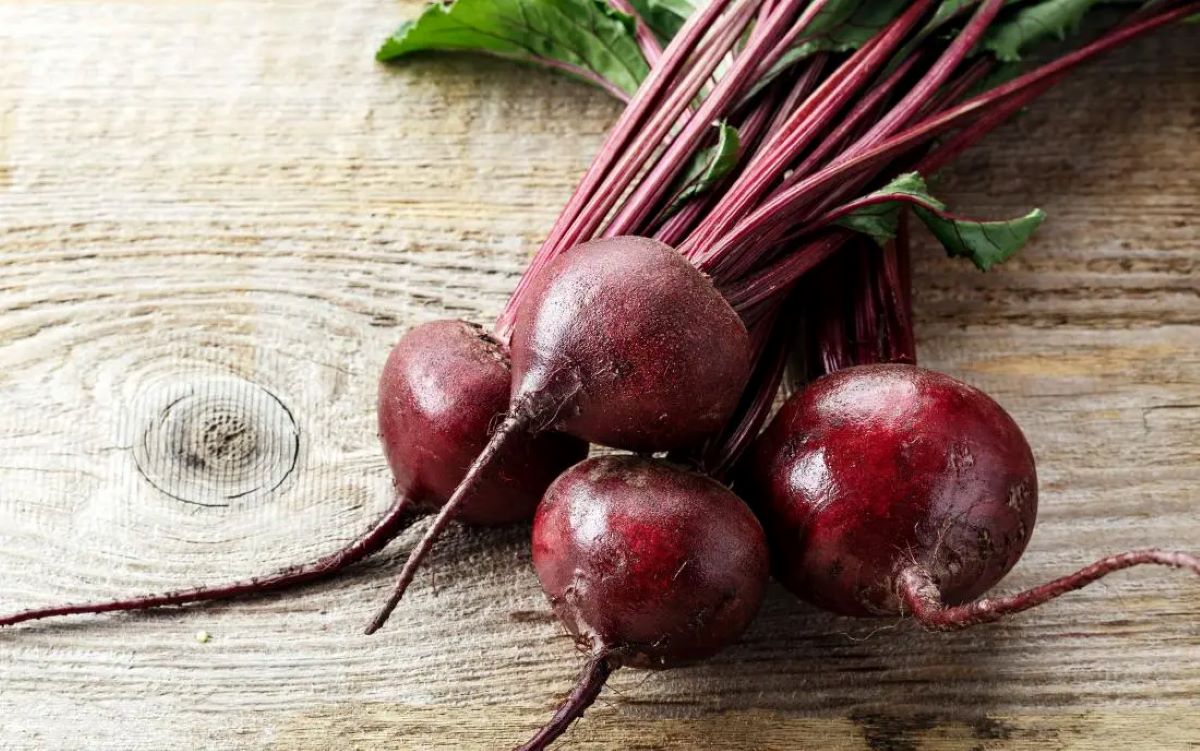
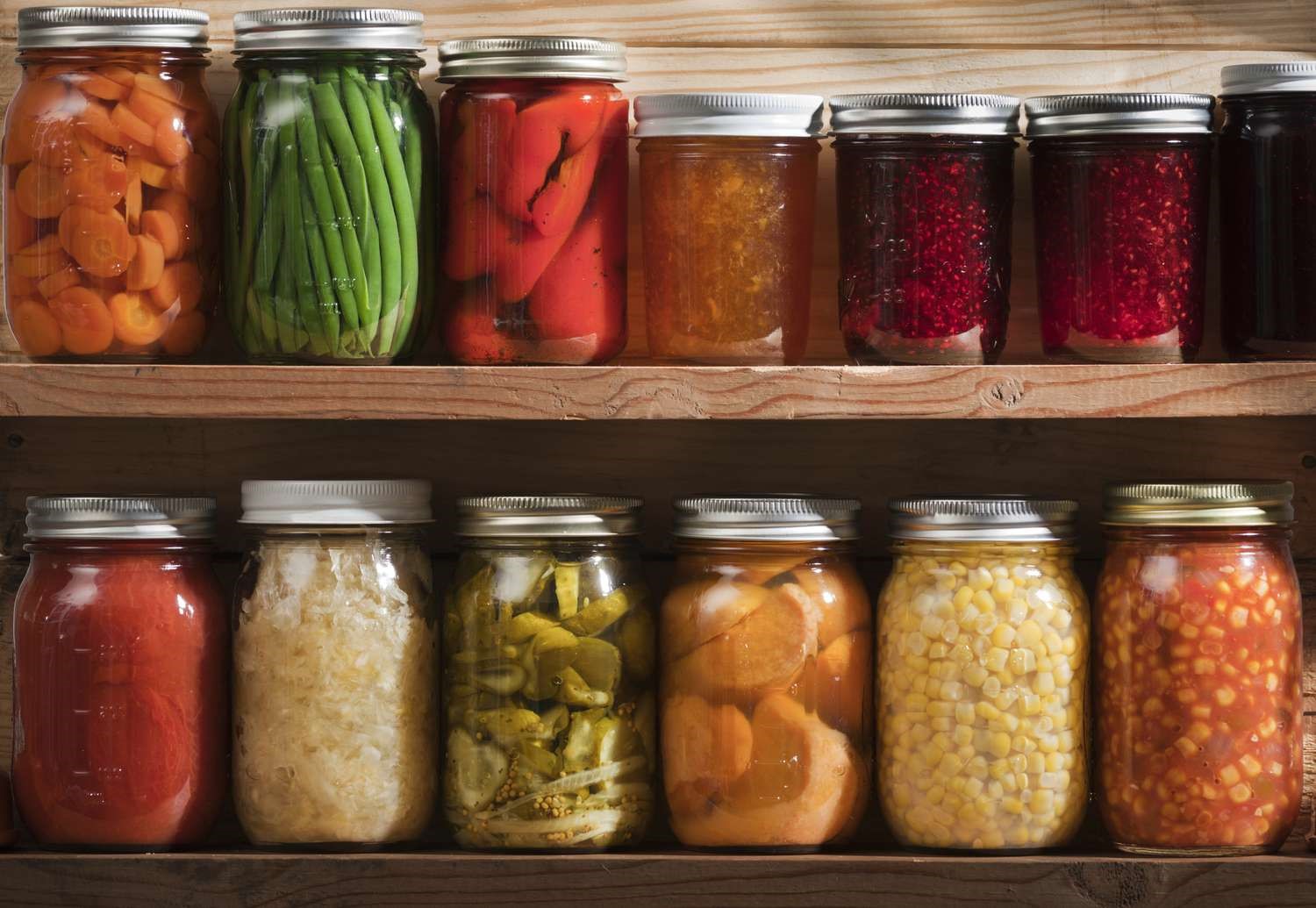

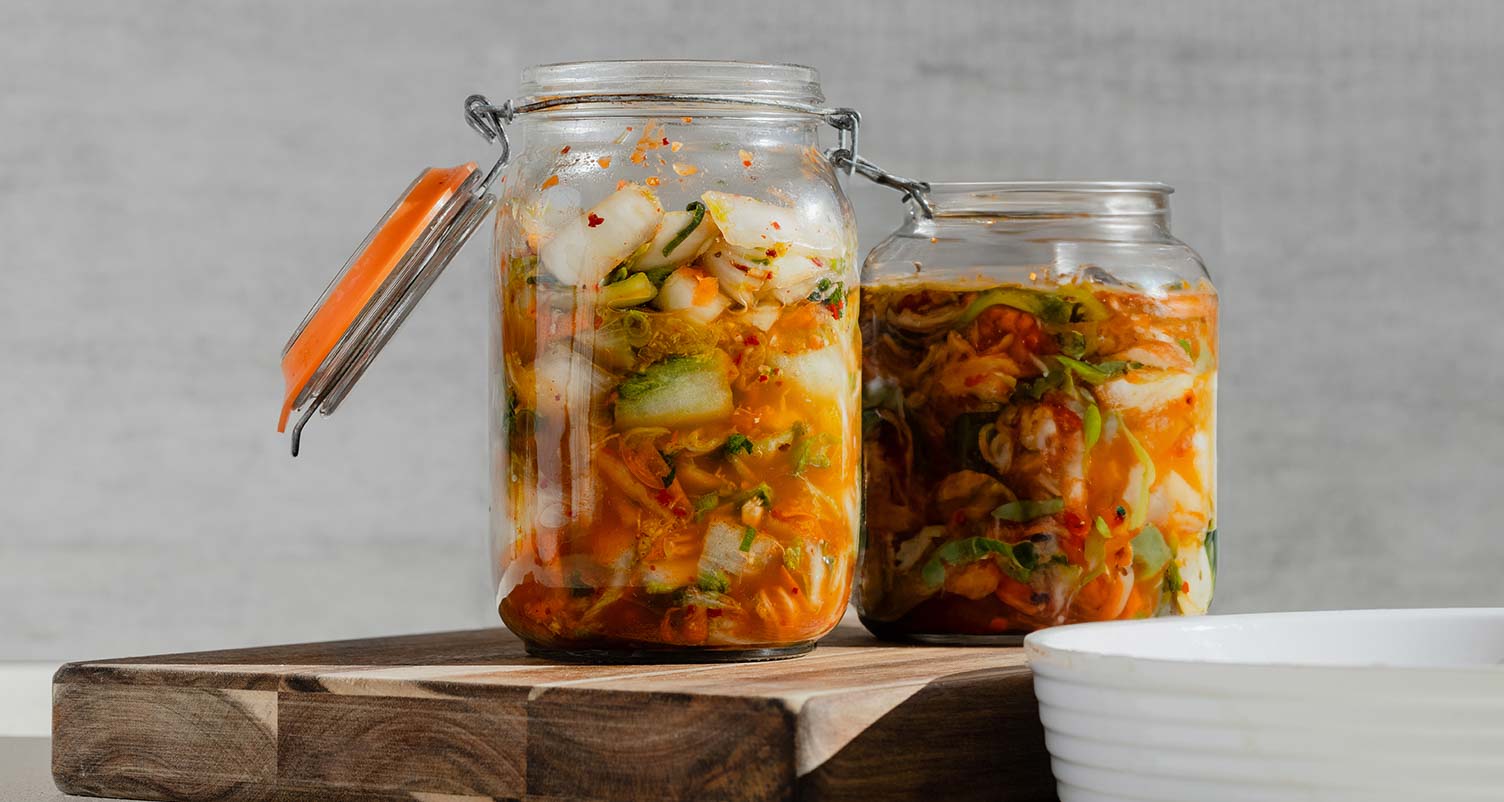
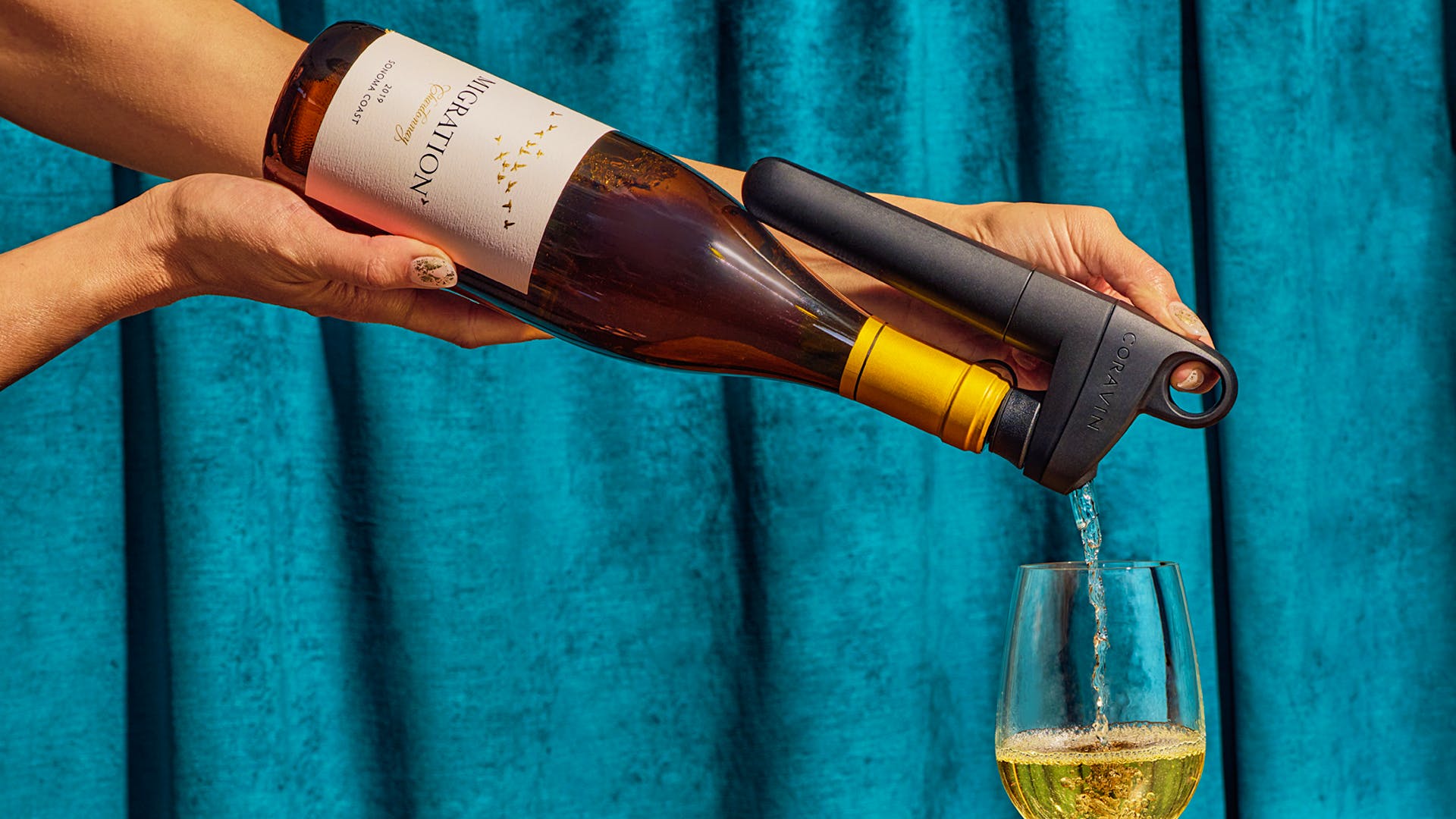
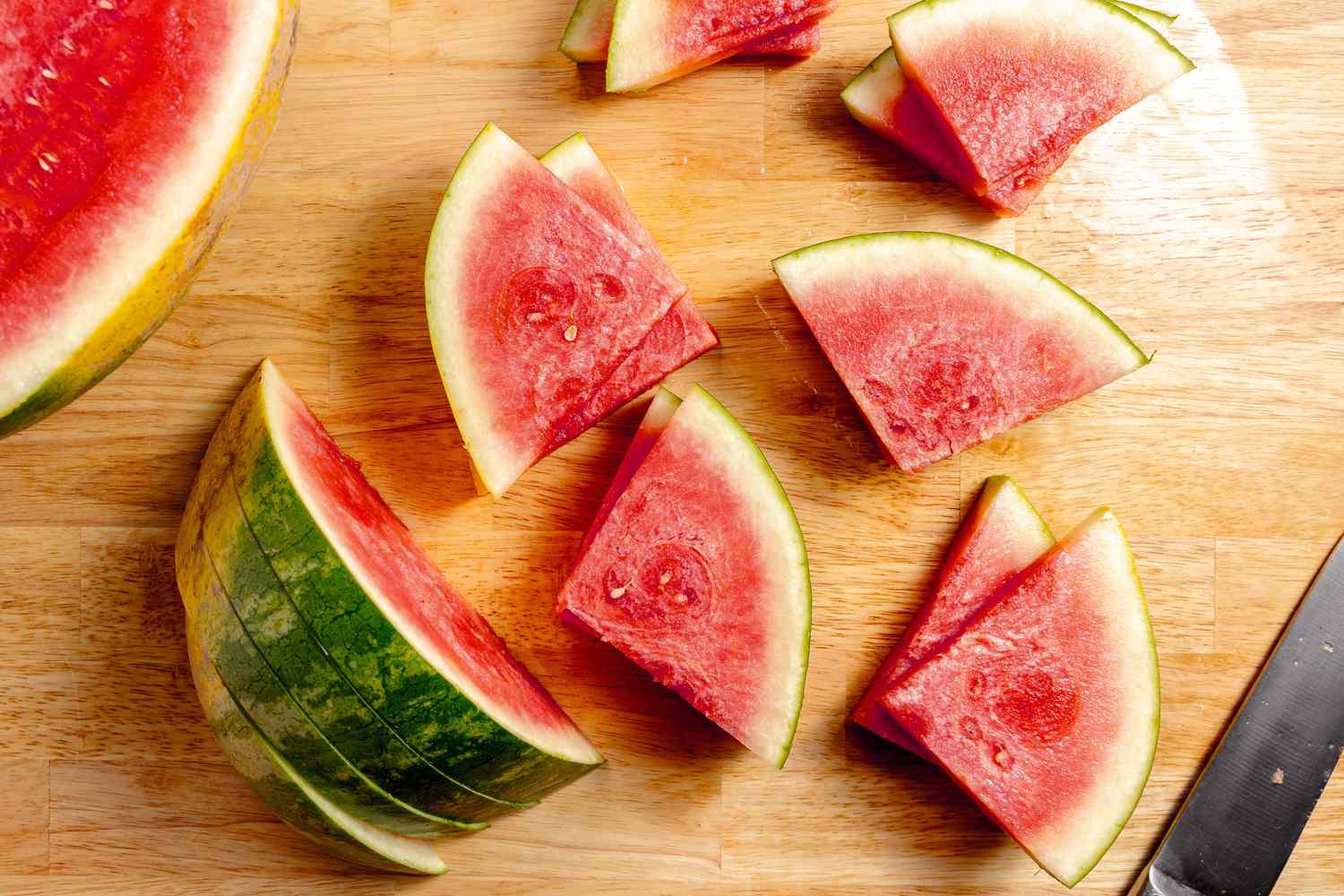

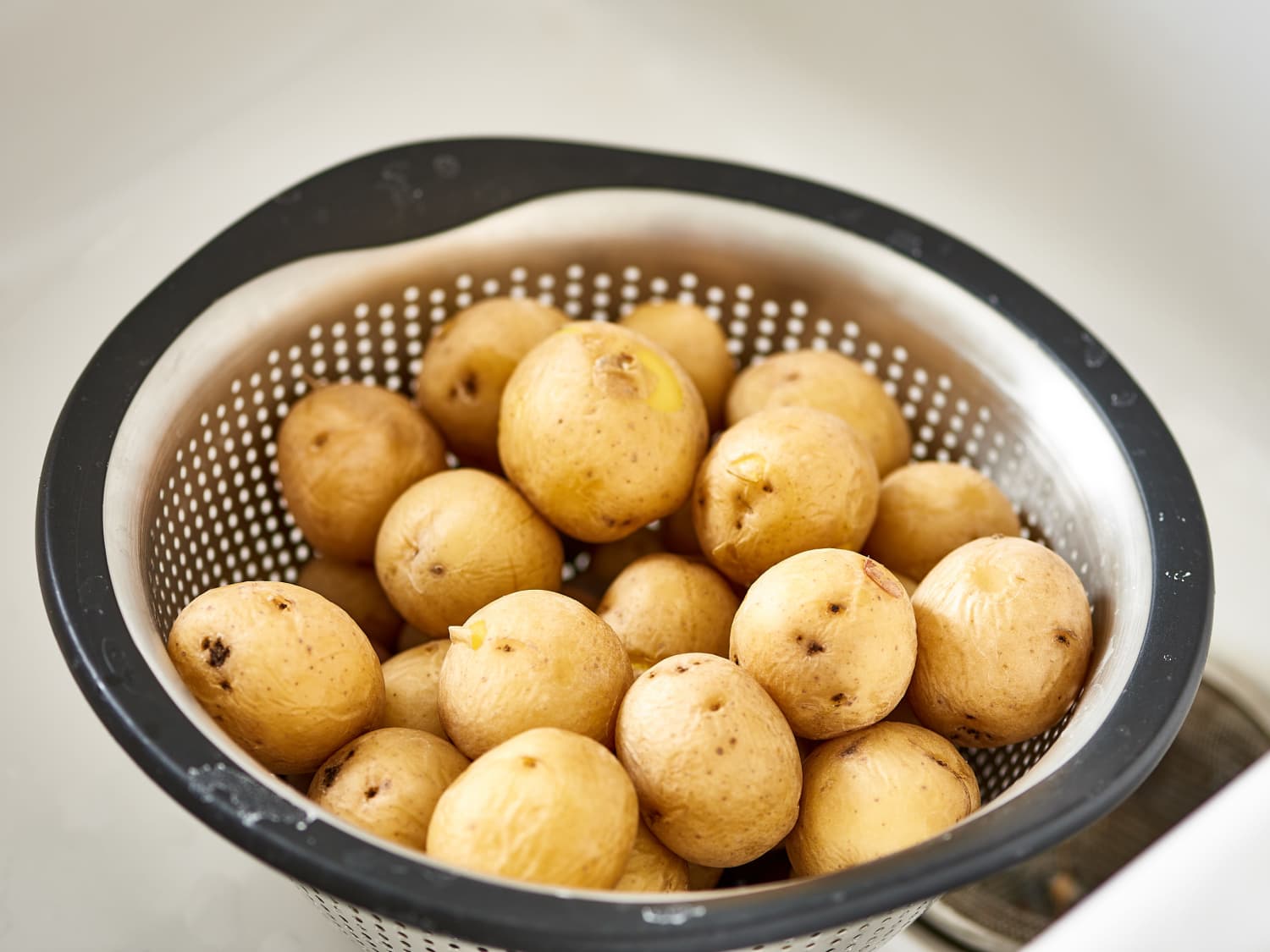
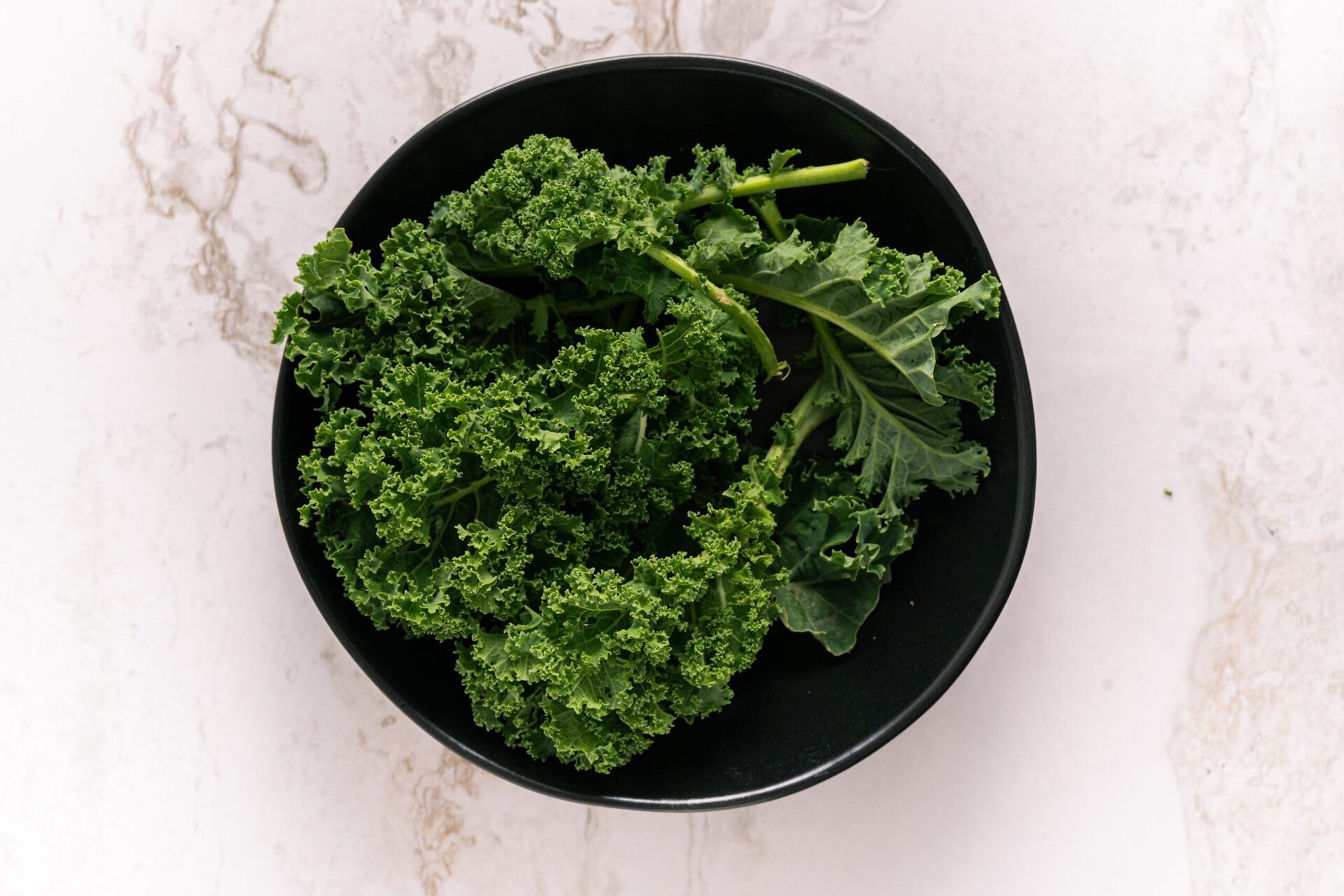
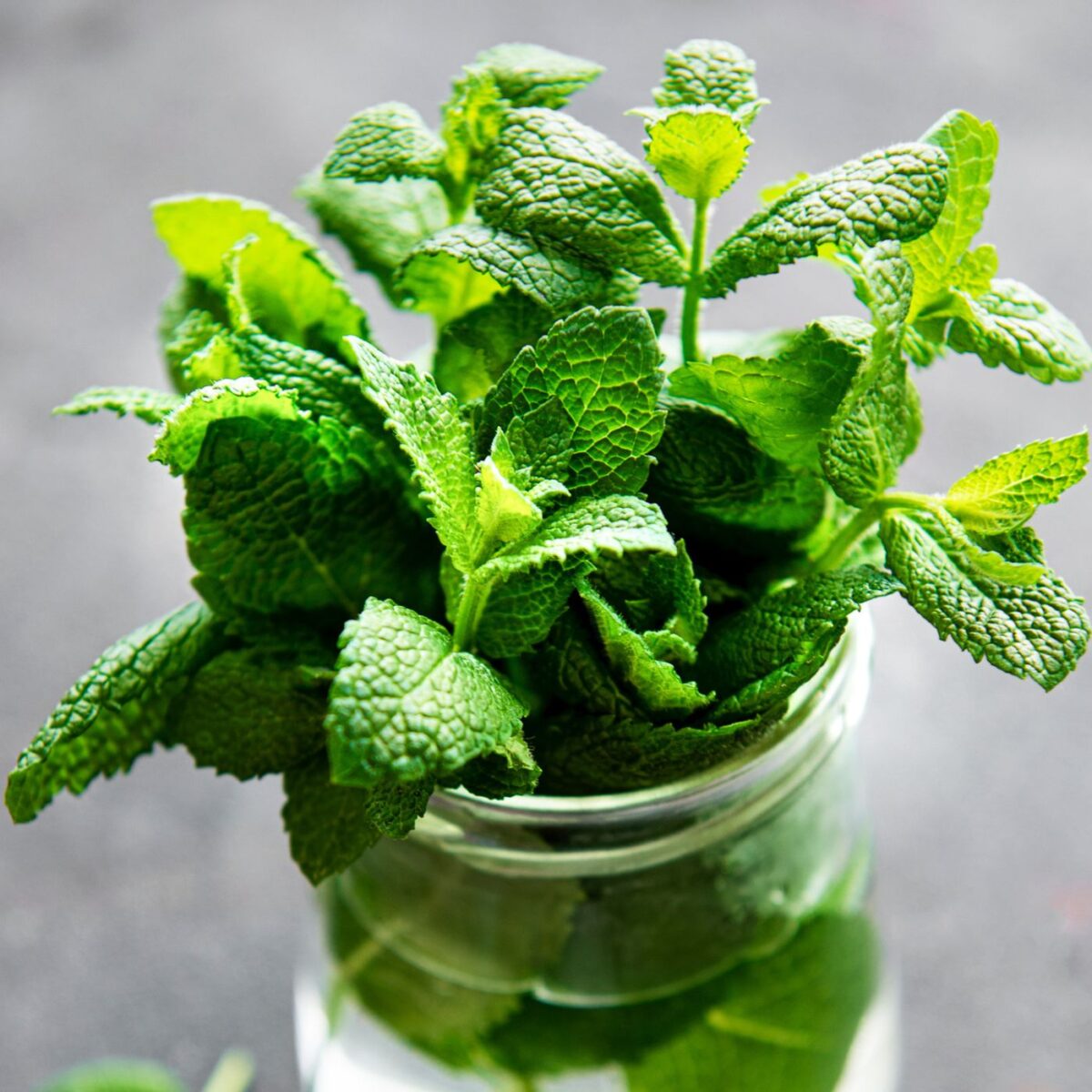
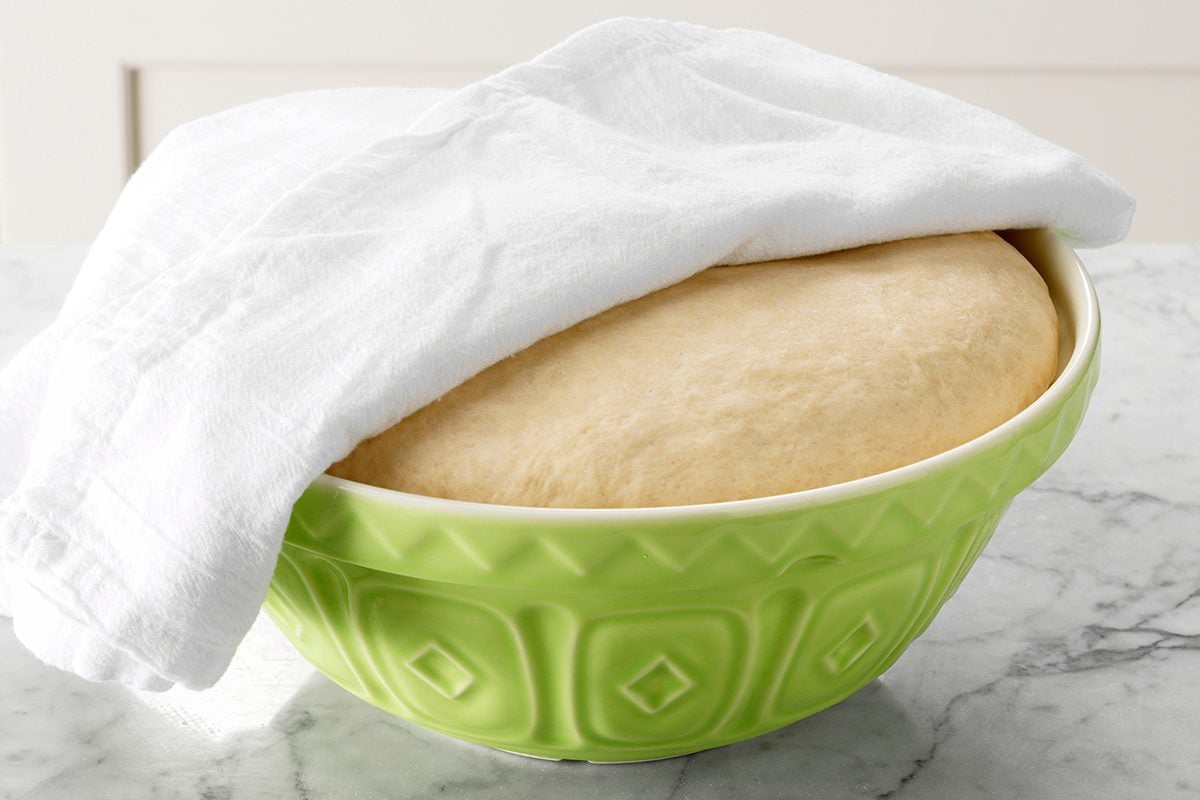
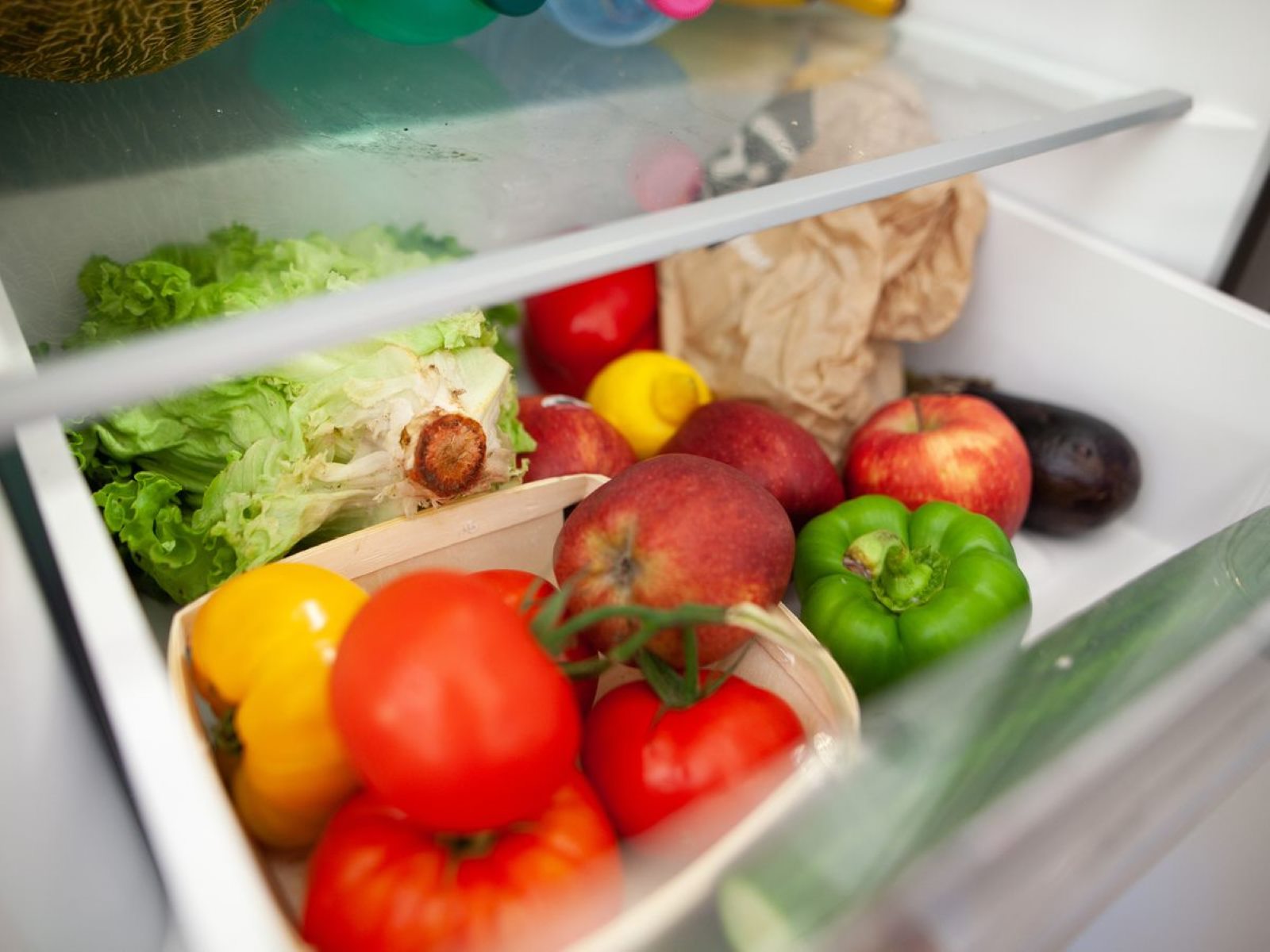
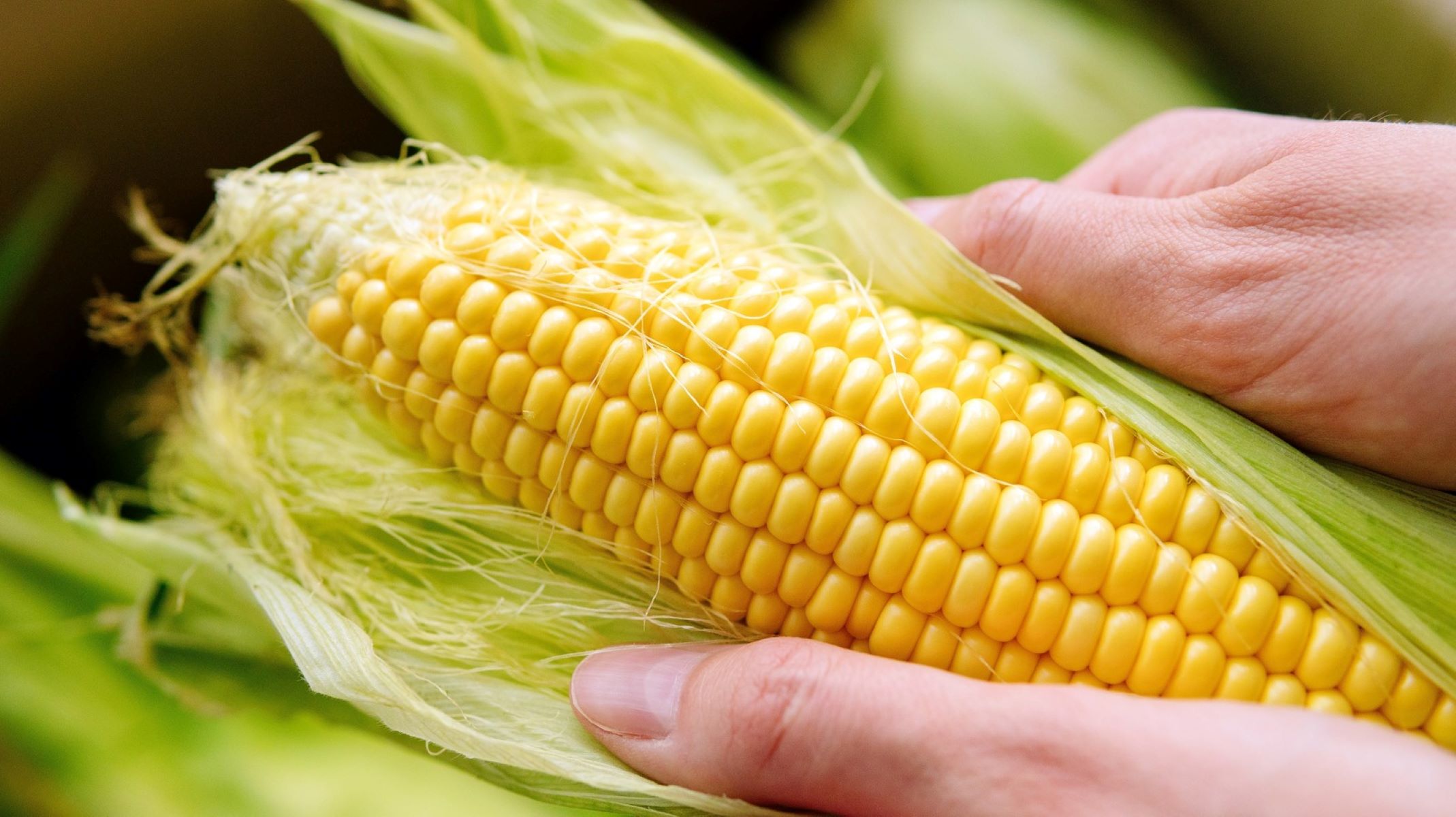

0 thoughts on “How To Store Wine Without A Wine Fridge”